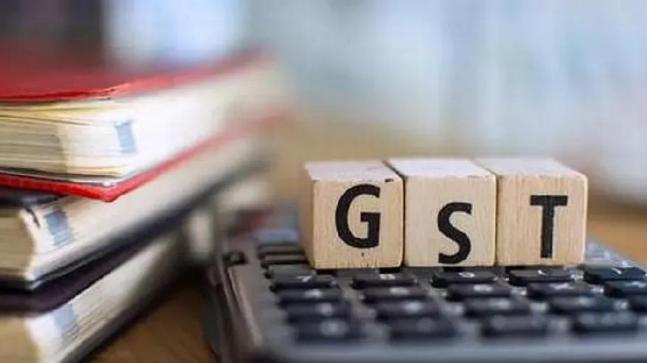GST rates on 22 items cut; cement, auto parts still in highest slab in India
GST rates on 22 items cut; cement, auto parts still in highest slab in India

NEW DELHI:Federal indirect tax body, the Goods and Services Tax (GST) Council, on Saturday reduced tax rates on 22 items, of which seven were from the highest slab of 28%.nnTaxes on items with big revenue implications for the exchequer, such as cement and automobile components, still remain within the 28% bracket. India’s Finance Minister Arun Jaitley, who chaired the meeting, said the tax cuts would have a revenue impact of Rs 5,500 crore for the full year.nnAlthough Prime Minister Narendra Modi had promised retaining only luxury or sin items in the highest slab, automobile components and cement will remain in the 28% slab for the time being as a 10 percentage point reduction in the tax rate on these would have made a big hole in revenue collections. Jaitley said the impact would have been Rs 33,000 core had the rate on these two items been lowered to 18%. ?The Council felt this is too steep at this moment,? he said.nnThe six items moved from 28% to 18% are pulleys and transmission shafts used in farming, monitors and TVs up to screen size of 32 inches, power banks, retreaded tyres, digital cameras and video camera recorders, and video game consoles. Parts of carriages for disabled people, which were earlier taxed at 28%, were reduced to 5%.nnGST on movie tickets costing up to Rs 100 was reduced to 12% from 18%; tickets over Rs 100 will now attract 18% GST against 28% earlier. Services supplied by banks to basic savings accounts and the Pradhan Mantri Jan-Dhan Yojana (PMJDY) were also exempted from GST.nnThe Council will review the 12% tax on under-construction flats that fall in the category of work contracts. Sale of completed flats does not attract GST since it is a transfer of property. The 12% GST has been a burden for home buyers. ?There was total consensus that something needs to be done, ? said Jaitley.nnAmong other decisions, the Council decided to exempt frozen and provisionally preserved vegetables from GST. Also, the tax rate on third-party insurance premium of goods-carrying vehicles has been lowered from 18% to 12%.nnThe new GST return filing system will come into effect from July 1, 2019. The Council also agreed to set up a Centralized Advance Ruling Authority.nnPrime Minister Narendra Modi on Tuesday said he had given suggestions to the GST Council and the effort was to make sure 99% of items attract 18% or lower GST, leaving only sin or luxury items in the highest tax bracket of 28%.nnJaitley reiterated that intent on Saturday. He said that the Council had been pruning the highest slab to remove items of interest to the common man. The remaining items in this slab are either luxury, sin or goods used by the economically stronger strata of the society, with one notable exception of cement. ?That obviously will be our next target when affordability increases, ? he said. West Bengal Finance minister Amit Mitra told reporters that the Council?s decisions were rational, keeping in mind the fiscal realities of the central and state governments. ?The 28% slab is moving towards sunset except luxury, sin and items used by the economically stronger section, ? said Jaitley.nnThe reduction in GST rates comes ahead of the national polls early next year. There has been intense political debate between the Prime Minister Narendra Modi-led NDA government and the opposition Congress party over the last few days on the tax reform?s implementation.nnThe 28% slab has always proved to be optically damaging for the Modi administration as the transparent way of tax calculation in the new indirect tax regime brought to the fore all embedded taxes that were not apparent to the consumer in the earlier regime.nnWith the latest tax cuts, only 27 items remain in the 28% slab. In July 2017, when GST was introduced, it had about 228 categories of products. The rationalization of tax rates has opened up the possibility of converging the 12% and 18% slabs to make GST simpler.nnKeeping 18% as the standard rate which covers most of the goods was a demand that Congress had made when the NDA government was about to implement the tax reform. But at that time, the consensus between Union and state governments was to follow the principle of tax neutrality during the transition to ensure that the exchequer does not take a hit.nnHowever, the Council subsequently reduced the number of items in the highest slab substantially. The last such move was in July when the rate on washing machines, small televisions and air conditioners was cut from 28% to 18%.nnA 10 percentage point reduction in GST on cement could result in significant savings in the overall cost of construction in absolute terms, said R. Muralidharan, senior director at Deloitte India. India is the second largest producer of cement with about 500 million tonne annual capacity.nnSource: Press Trust of India







